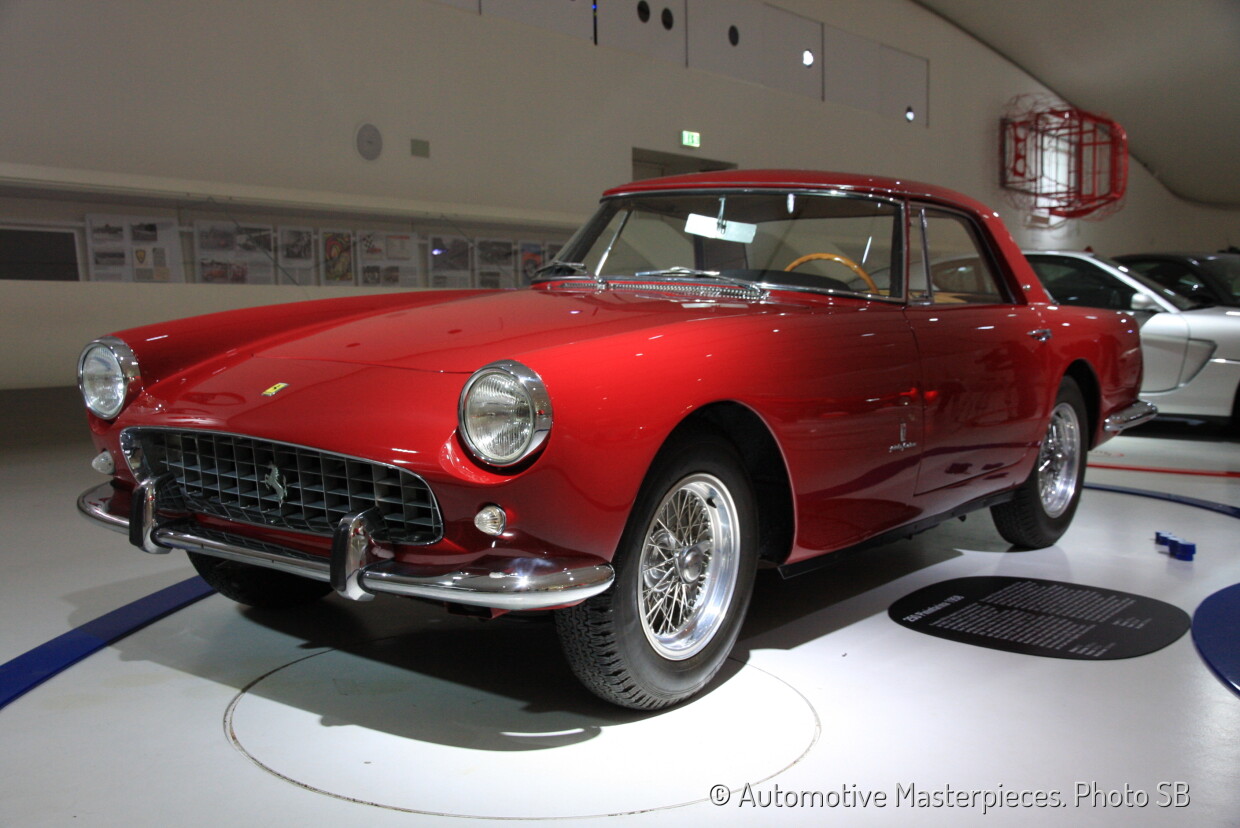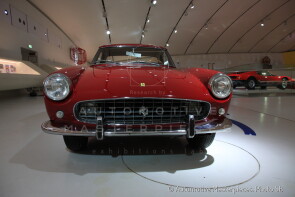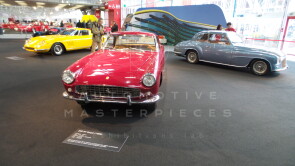
1959 Ferrari 250 GT Coupé
ON/OFF
Why am I an Automotive Masterpiece?
The Ferrari 250 is a series of sports cars and “granturismo” built by Ferrari from 1952 to 1964. The company's most successful early line, the 250 series includes many variants designed for road use or sports car racing. 250 series cars are characterized by their use of an engine designed by Gioacchino Colombo, with the exception of the 250 Europa. This engine was the “Tipo 125” with a displacement of “just” 2953 cc, but it was light and powerful. The 250 series was replaced by the 275 and 330 series cars. Many of the 250s shared the same frame and wheelbase, and there were two versions available, short frame (2400mm) known by enthusiasts as "SWB" (short wheel base), or with long frame (2600 mm) known as "LWB" (Long Wheel Base). Many of the competition and convertible versions used the short version.
The 250 GT project was extremely successful in motor racing. A street version was prepared. Various types were built, both for competitions and for street versions. The Ferrari 250 GT Coupé is a sports car built from 1954 to 1960. It was produced in two series and was a milestone for Ferrari, given that with this model the car manufacturer from Maranello passed from a purely artisanal to an industrial activity. The first series was presented at the Paris Motor Show in 1954. About eighty units were built in just over a year and it was Ferrari's first step in building cars for normal customers. It came from the 250 Europa and there was the reappearance of the engine mounted on the 125 S powered with the usual three Weber brand carburetors and the 36 DCZ model. At the start of production, Pininfarina was unable to meet demand, and while waiting for the completion of the new plant in Grugliasco, the job was handed over to Boano. The second series, also designed by Pininfarina, was presented in Milan in 1958 and included 335 almost identical specimens built up to 1960. Among the buyers was Prince Bertil of Sweden. This GT did not have side air intakes, in favor of a cleaner line. It had a notchback body with a panoramic rear window. The front oval grille was replaced by a narrower one with protruding headlights. It had telescopic shock absorbers, replacing the Houdaille ones of the previous 250. Disc brakes were introduced in 1960 along with external spark plugs.
This perfectly restored example of the 250 GT Coupé, chassis no. 1403GT achieved stardom in its most recent existence, joining the company collection at the Ferrari Museum. It is estimated only half of the original 353 examples of this model survive.




